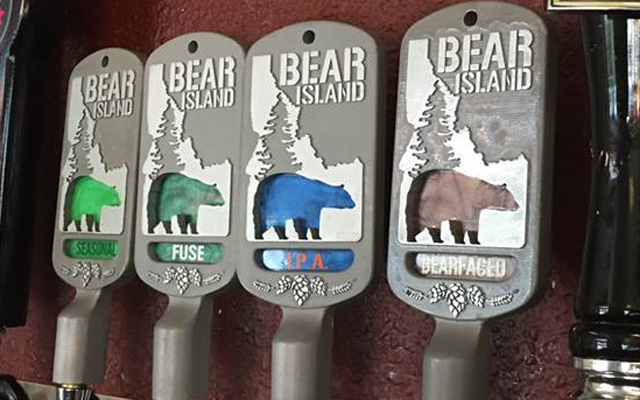
In a world where freshness is a main component of quality, time is always on the mind of a brewer. Putting a beer on a shelf can wreak havoc on not just the beer, but on a brewer’s mind.
That’s why testing a beer in conditions unsuitable for it can be so important.
Lost Coast Brewery said it uses a triangle test in which it compares various beers of the same style to each other, including some that have been held six month after bottling to check on oxidation through sensory panels with employees.
“We found that some styles were more prone to stalling than others,” said Chris Pennington, who compiled information along with the brewing team, “[we] correlated those to the dissolved oxygen initially measured in the batches that were found to have gone stale before the end of their shelf life, and adjusted the threshold for acceptable dissolved oxygen levels in the package accordingly.”
Some breweries have been known to do as many odd things, like shaking bottles or alternating extreme hot and cold temperatures. But for Lost Coast, the science behind the theories are “shaky” at best.
“[They] aren’t necessary if you have the ability to figure out the level of package oxygen that will cause a beer to stale before its shelf life is up,” the brewery team said, noting that some changes were made to the running speed of a bottling line after some tests.
Bear Island Brewing’s Beth Bechtel said that the nanobrewery just recently started to use a bottling line. Prior to that, the crew hand purged and bottled a few batches to see how the beer would age and which caps worked best for stability.
“We have been saving a number of cases of each batch that we put out and have specific dates to test them in for the next coming years as we grow,” she said. “All of our beer from kegs to bottles doesn’t stay on the shelf very long because of our limited quantities, but that comes with the territory of being small.”
The Boise, Idaho-based brewery has purposely done low fills and high fills on batches and let them sit for months to see what happens.
“The high fills were fine, but the lows were slightly oxidized,” Bechtel said “We noticed that the ones with the oxygen absorbing crowns, were much less oxidized even though they were filled low.”
Another test they have done is filled bottles like a growler, without any counter pressure or CO2 purge.
“We have found that bottles filled this way can last about 3-5 weeks before they are slightly flat or oxidized,” Bechtel noted. “We have also taken our Belgian Tripel and put half of the batch in kegs and half in bottles to compare. Since it should naturally have more CO2 than our non-Belgian styles, we wanted to verify that it was tasting that way in the bottles without any foaming issues.”That led to adjusting the CO2 level on the Tripel.
“It tasted more authentic and held better once we brought it up slightly,” Bechtel said.


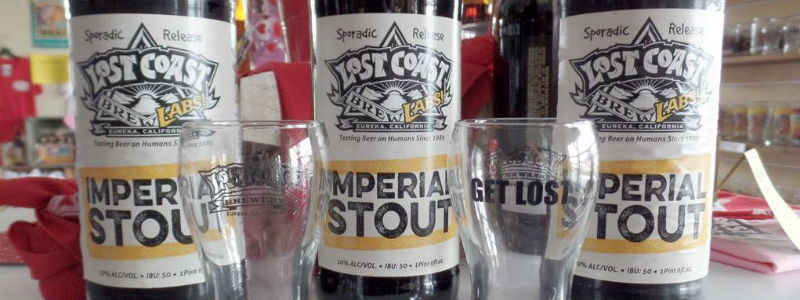

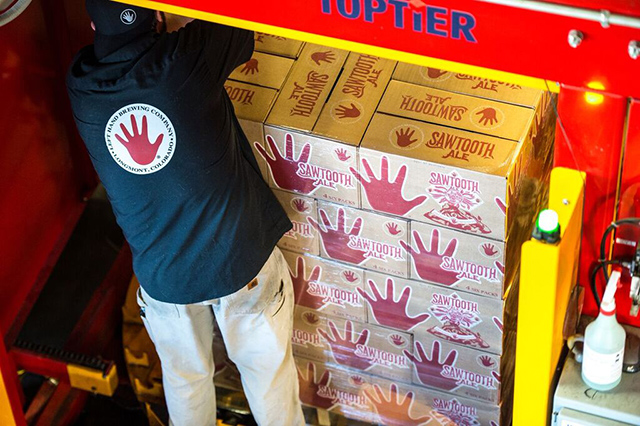
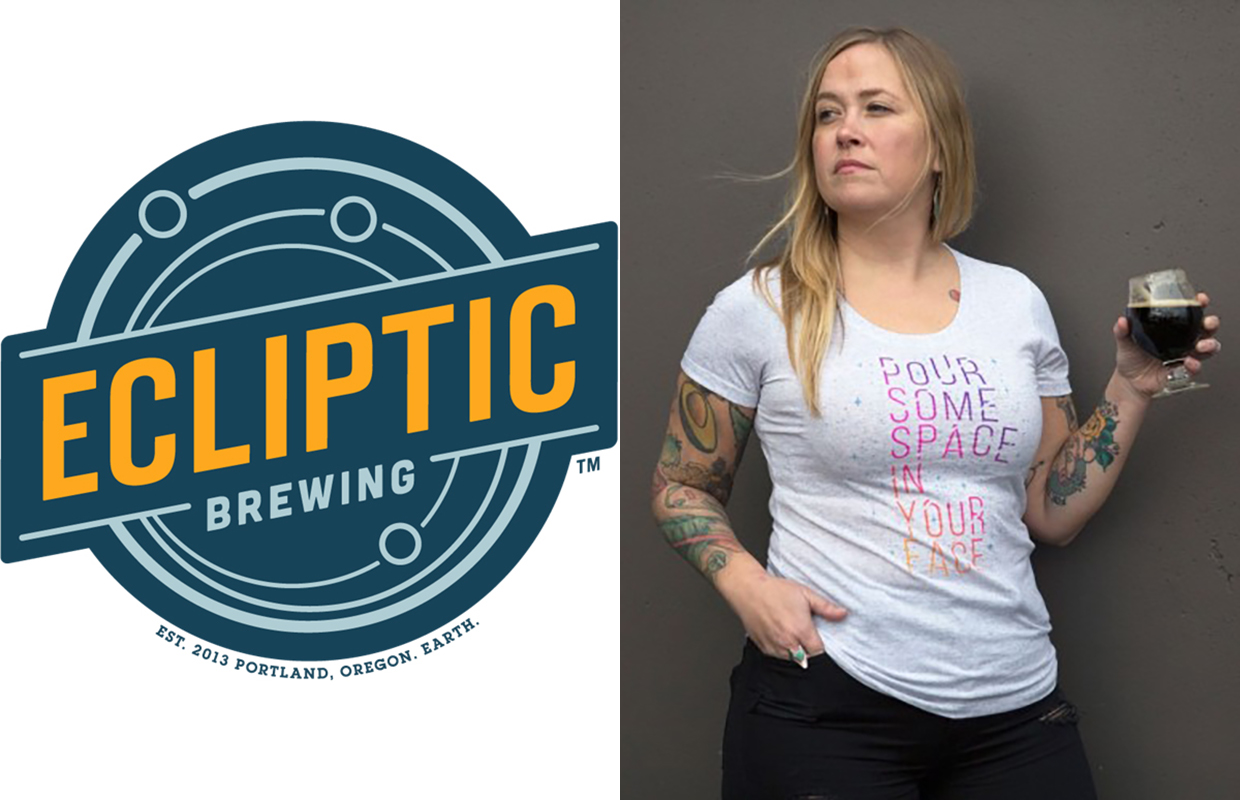
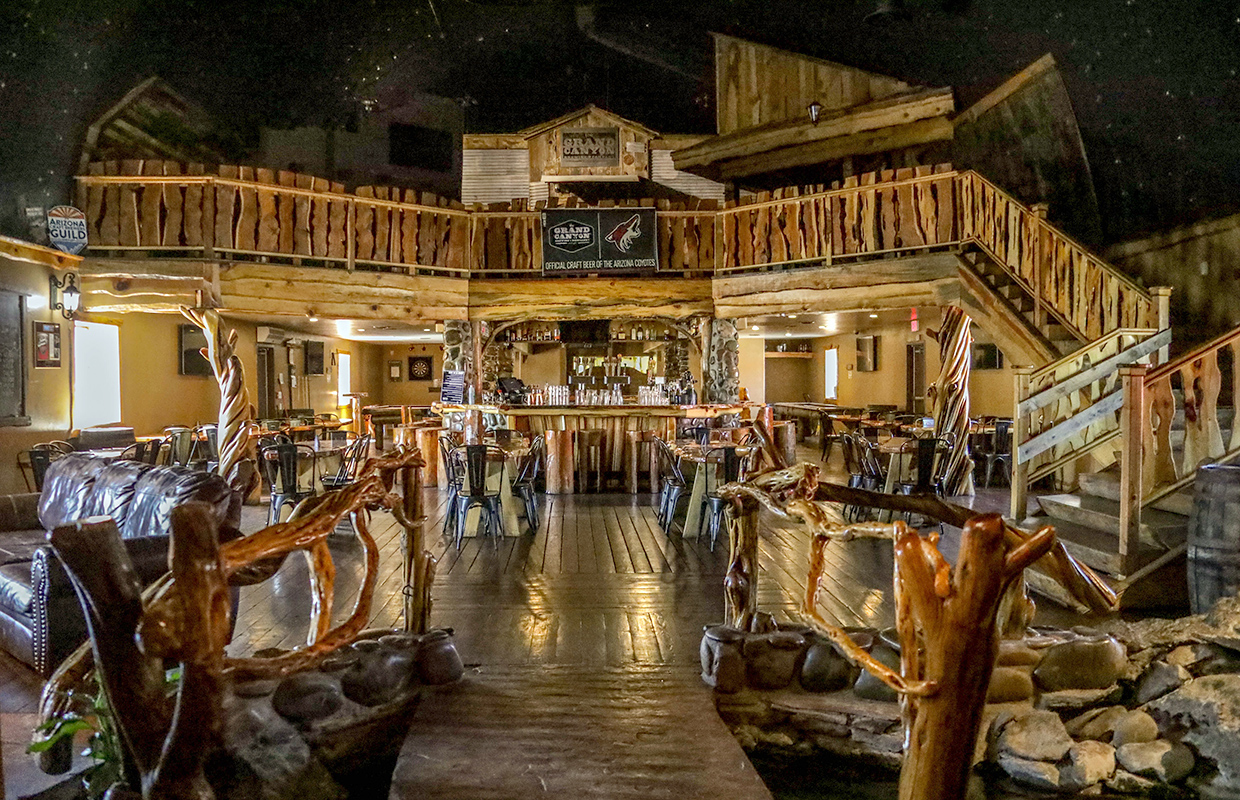
Be the first to comment